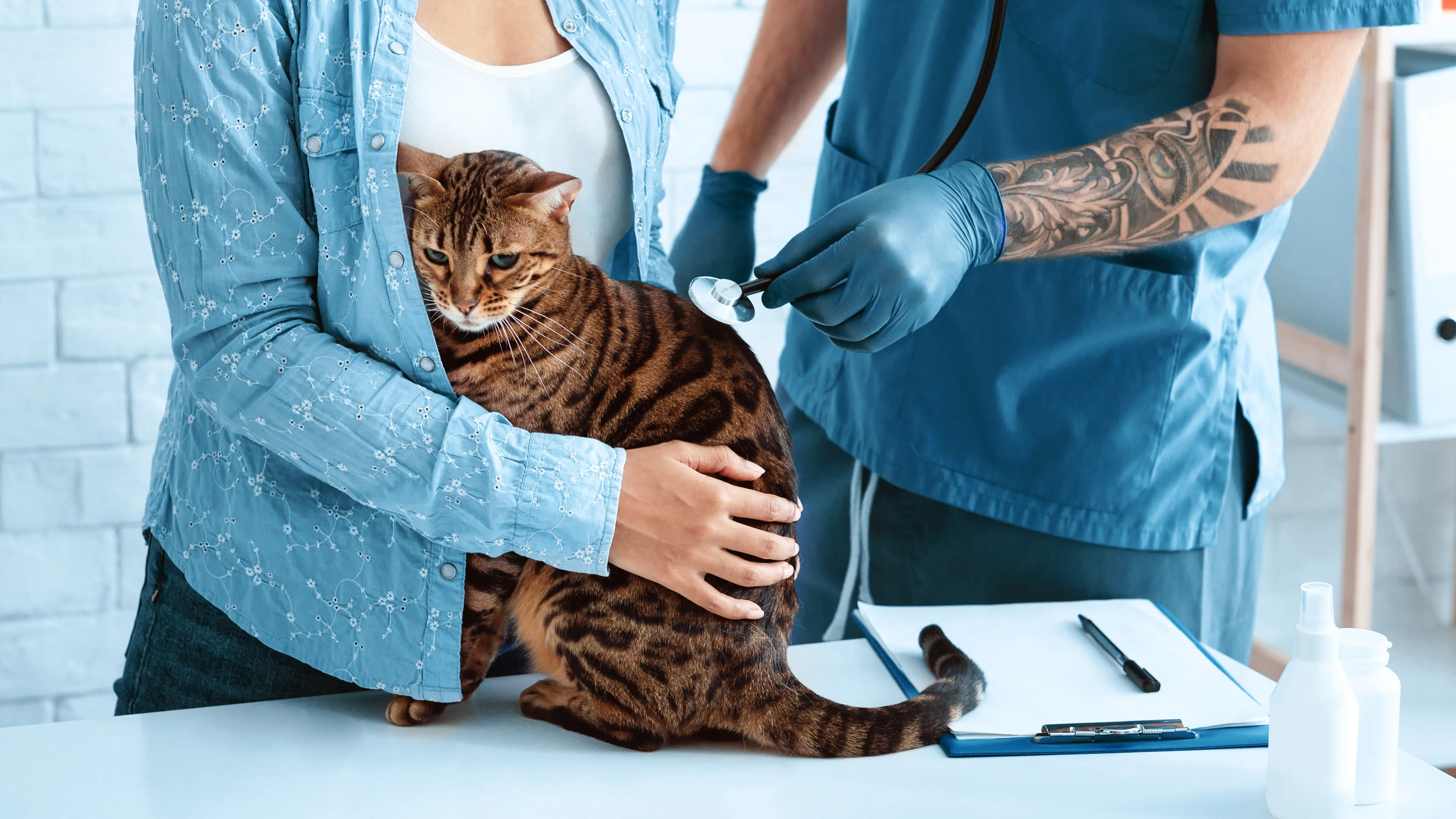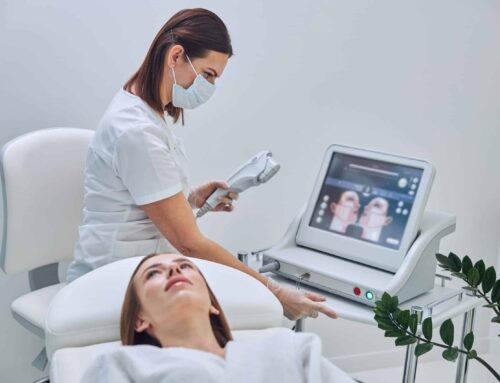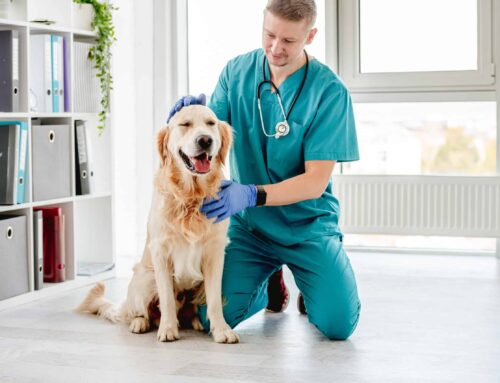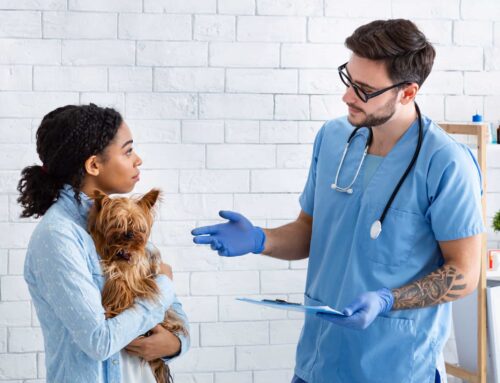vet’s career is very specialised, requiring specific equipment and instruments. As with any profession, there are certain pieces of equipment that are “must-haves”.
These tools, devices and technology allow vets to provide top class medical care to their pet-patients.
From exam tables and lighting to autoclaves, these tools and tech are must-haves for any new vet clinic.
Here are our top picks for the equipment you need. At the bottom of this blog you’ll also find a complete list of all the tools you will need.
1. Exam & Procedure Tables
Top of the list is of course exam and procedure tables. This is essential, as it enables you to examine and treat your furry patients. You’re going to need one for each treatment room.
There are a variety of design options you can chose from to fit your clinic. You can choose from v-top tables, electric & hydraulic tables or lift tables.
Each option will provide you will stability, mobility and versatility whilst in use. These surfaces are also designed for routine cleaning and disinfecting. Perfect!
Cauteries
If you carry out any form of surgery in your clinic, you’re going to need a cauterising machine. This is one of the best tools for sealing and closing wounds.
Having the right cauterizing machine will make a huge difference. From stopping blood loss and exsanguination, to closing amputations, they are a very important bit of kit.
It’s best to carefully weigh up your options here. The most useful and popular are those which allow you to change the size of the tip and change batteries.
Do your research and make sure this investment can be used for all your patients for a long time to come.
Lighting
Lighting will play a key role in ensuring you have maximum visibility of your patients. This will allow you to accurately diagnose problems and provide precise treatment.
You won’t be short on lighting options either. Many are specially designed for vet clinics.
You’ll need to consider all your lighting requirements. For example, you will need large bright surgical lights, but also smaller, more concentrated exam lights.
You might also wish to purchase some handheld diagnostic lights if it’s all within budget.
Veterinary stethoscope
You will need to get a specific veterinary stethoscope for your practice. This specialised stethoscope will allow you to bypass all that fur and animal muscle to hear a heartbeat or lungs loud and clear.
Although this will likely be one of the smallest and lightweight tools you have in your arsenal, it can’t be overlooked.
Veterinary ultrasounds
In order to provide speedy and effective treatment you need to see what the problem is. Diagnostic imaging is the key to delivering an accurate diagnosis.
Vets need to have top of the range diagnostic imaging such as ultrasounds to do this.
Ultrasound technology is constantly improving, with new models providing greater levels of accuracy. Real-time ultrasound equipment with external cameras drastically reduce examination time. They do this whilst at the same time producing deeper and clearer images.
To top it off, these images can then be shared in real-time with a sonographer. This gives you real time guidance, with far less diagnostic guesswork involved.
Portable Ultrasound Scanner
If your practice will be making house calls, especially to areas in the countryside, a portable ultrasound will come in very handy.
Being able to examine an animal in real-time, away from the clinic, will be make or break. This tool is especially crucial for vets during breeding seasons as it makes it far easier to check-up on gestating animals.
Digital x-ray imaging machines
This piece of equipment will allow you to quickly and accurately get clear images of bones, muscles and internal organs, thus skipping the need for dark room processing.
The images you get can also be enhanced, enlarged and focused. This gives you the ability to make a more accurate diagnosis with fewer retakes.
In this digital format, you can create a patient database which can also be easily shared with other vets and consultants.
As such, digital x-rays have become an essential and highly common part of many veterinary practices around the world. You’ll definitely want one in yours.
There are various types of DR systems, each relying of different technologies to obtain digital images. You can select the DR system that best suits your practice’s needs and budget.
Anaesthesia machines
High quality veterinary anaesthesia machines are also a key piece of equipment. These help ensure your pet-patients stay still during scans, invasive exams and procedures.
The correct anaesthetic equipment will ensure animals receive adequate oxygen, ventilation and breathing while under anaesthesia.
They will ensure the anaesthetics are properly mixed according to predetermined concentrations. This automated process minimises risk to the patient.
IV pumps
You’ll need these to administer fluids, drugs and other supplements during surgeries/treatments.
IV pumps are the widely preferred method for controlling the constant rate infusion (CRI). This allows for the substance to be provided to the patient for a consistent or time-dependent need.
As you’ll know this is critical when it comes to the administration of any medical substance. Avoiding any potent or adverse effects should be top of mind.
Whilst there may be cheap options available for this, it’s better to be safe than sorry. Pumps are multi-use, non-disposable, readily available and cost-effective in the long-term.
Washer Disinfectors and sterilizers
Ensuring you run a clean and hygienic clinic is vital, especially when it comes to equipment. Vets must ensure proper sterilization of their medical tools at all times.
This has two main benefits. Firstly, it is absolutely essential for safe, contamination free work. Secondly, it can extend the life of commonly used instruments, which can save you money in the long run.
Washer disinfectors use steam sterilization, which helps ensure all your tools are safe to use again. Washer disinfectors can come in various different sizes, so you can be sure to find one that fills your clinic’s need. If you are running a high-volume clinic, you may opt to purchase a larger unit to increase efficiency. Thus, avoiding multiple uses throughout the day.
Complete List Of Veterinary Tools & Equipment
- Veterinary Anaesthesia
- Veterinary Monitors
- Veterinary Tables
- Veterinary Telemetry Systems
- Autoclaves and Sterilizers
- Equine Equipment
- Electrosurgical
- Ultrasounds
- X-Ray Imaging
- C-Arms – Fluoroscopy
- CT Scanners
- MRI Equipment
- Defibrillators
- Dental Equipment
- Infusion Pumps
- Medical Gas
- Endoscopy
- Incubators
- Microscopes
- Respiratory Ventilators
- Scales
- Cages and Crates
- Respiratory Therapy
- Syringe Pumps
- Warming Units
- Research Equipment
- Suction Tools
- Centrifuges






